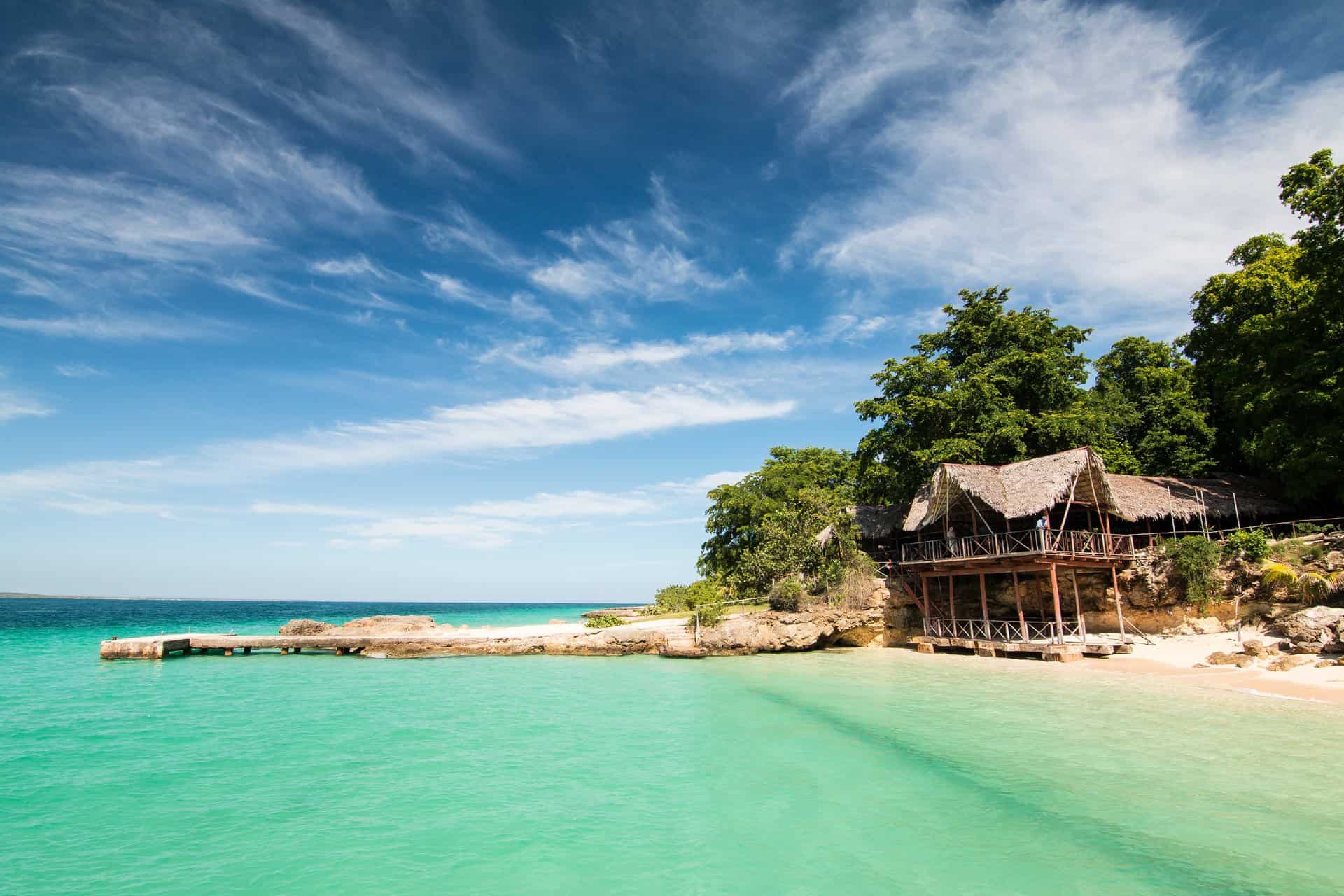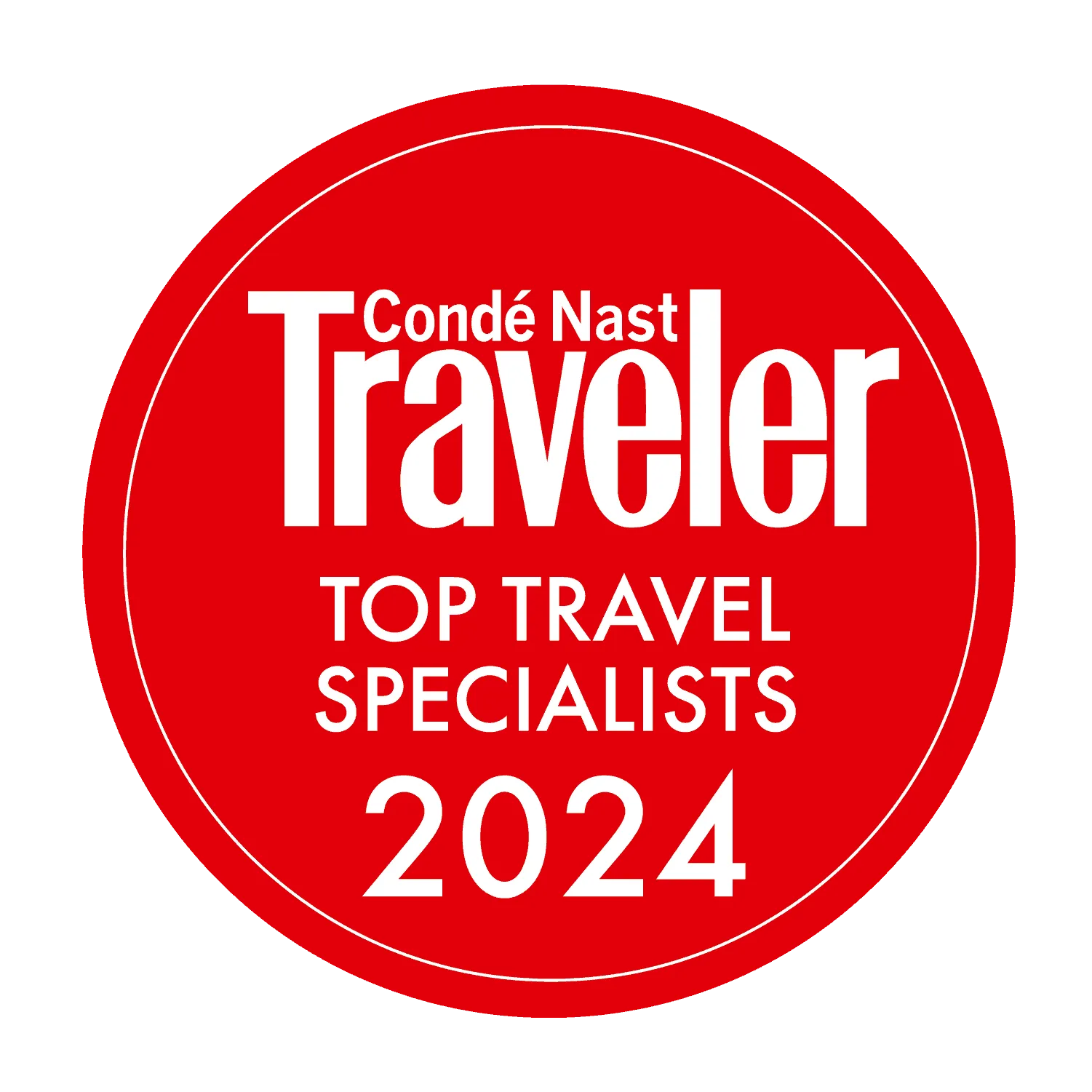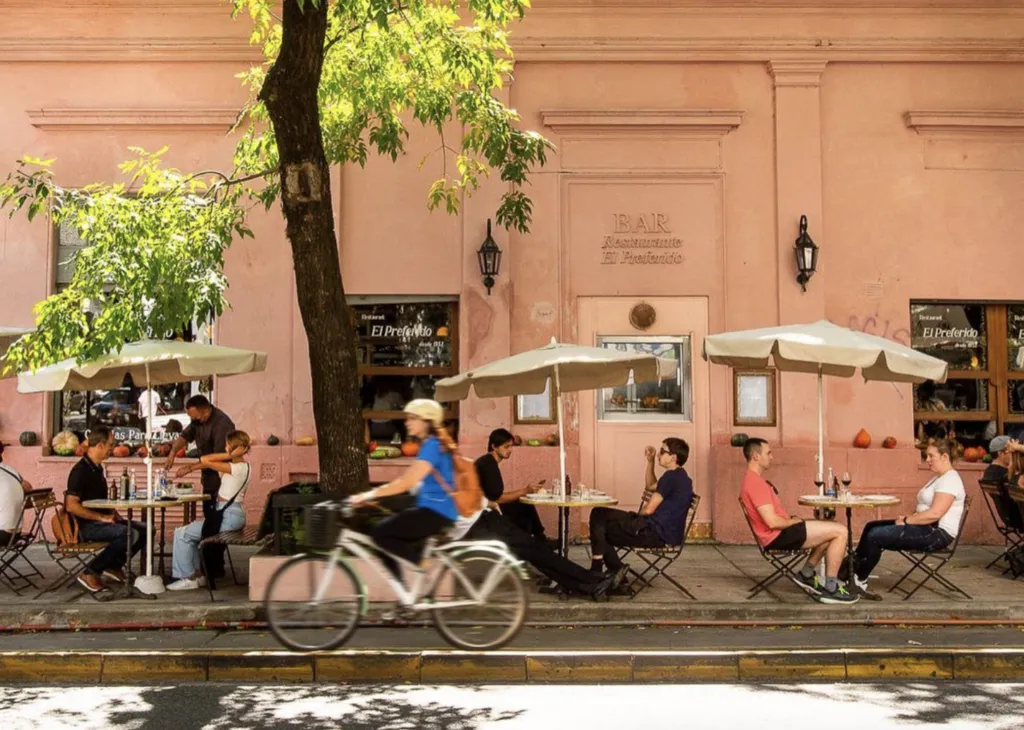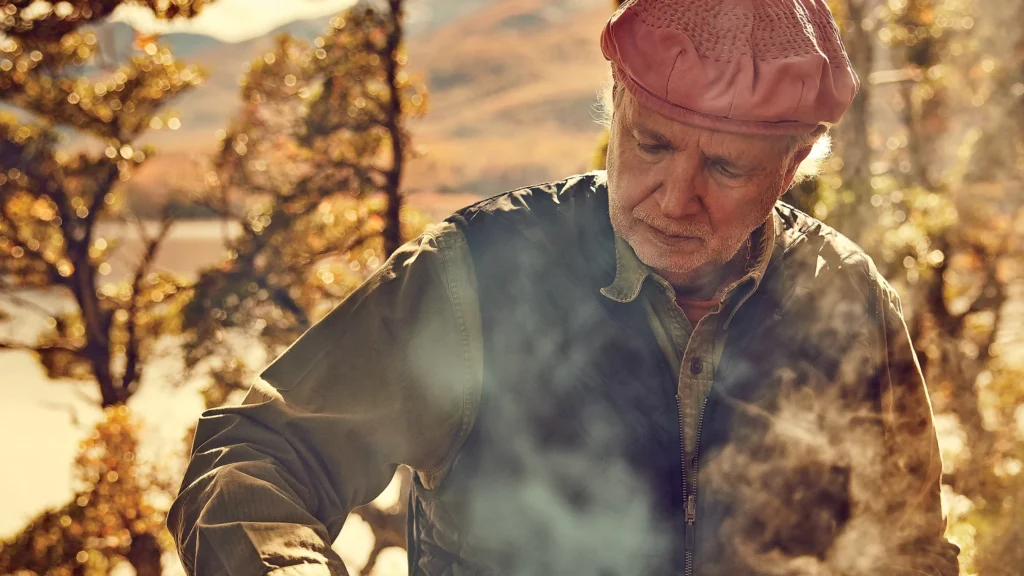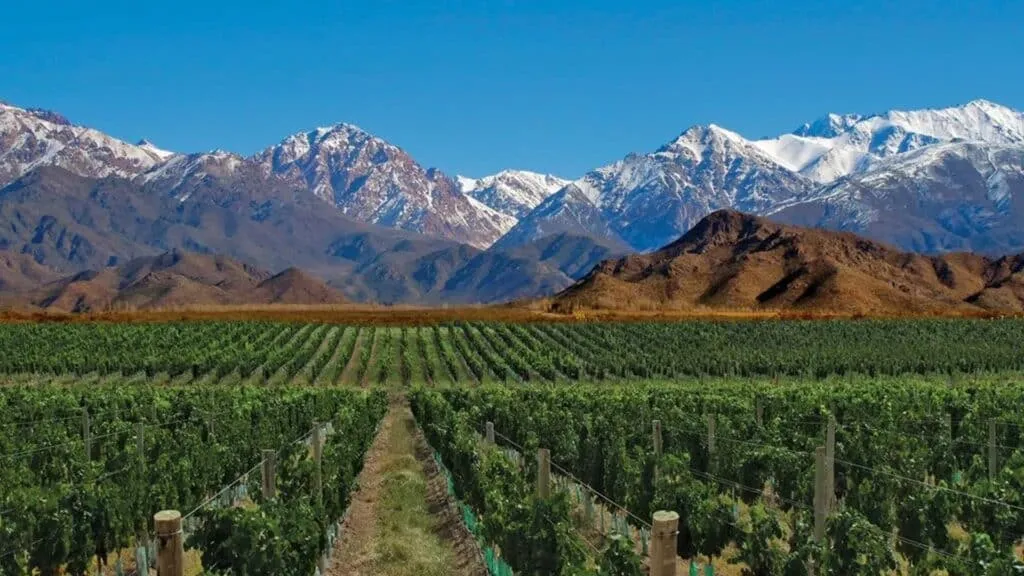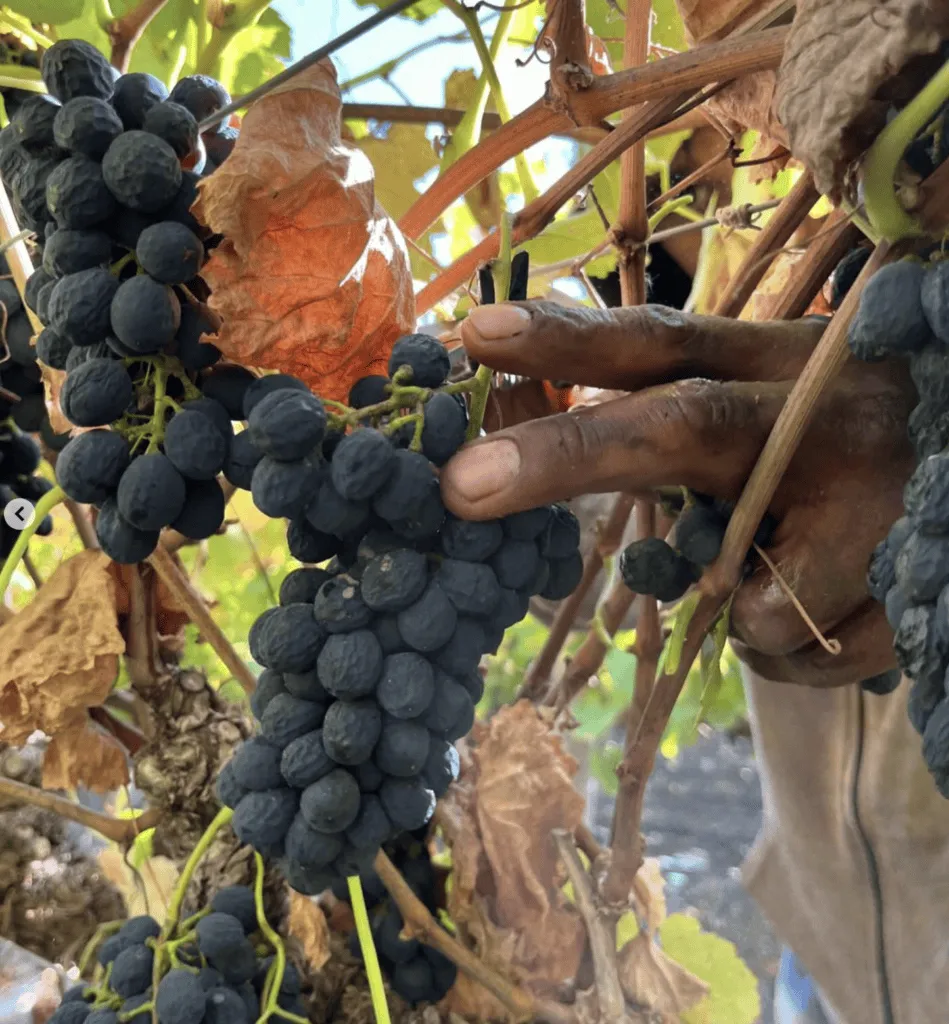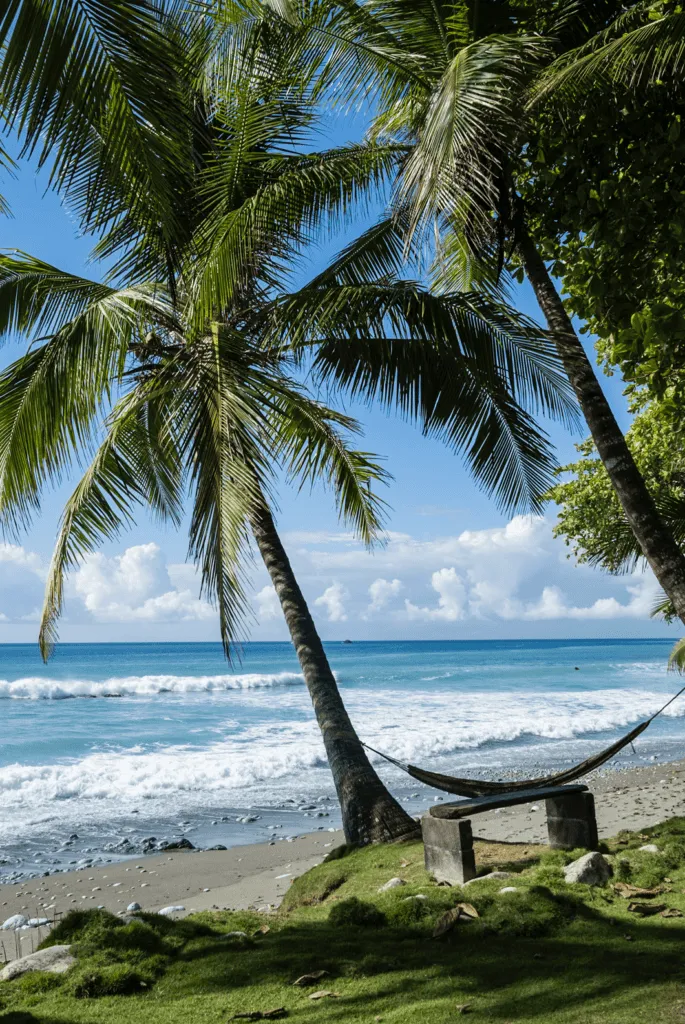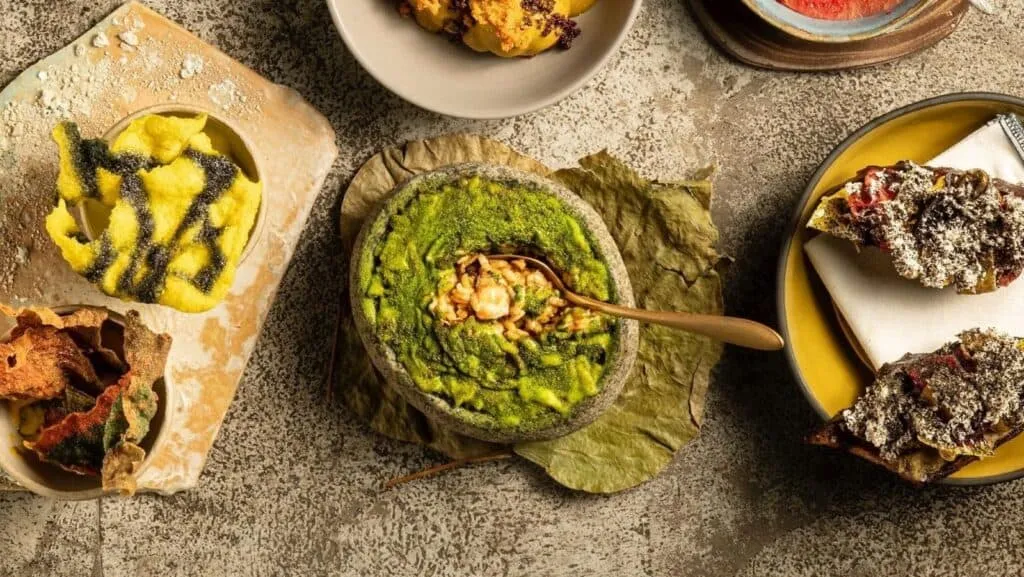
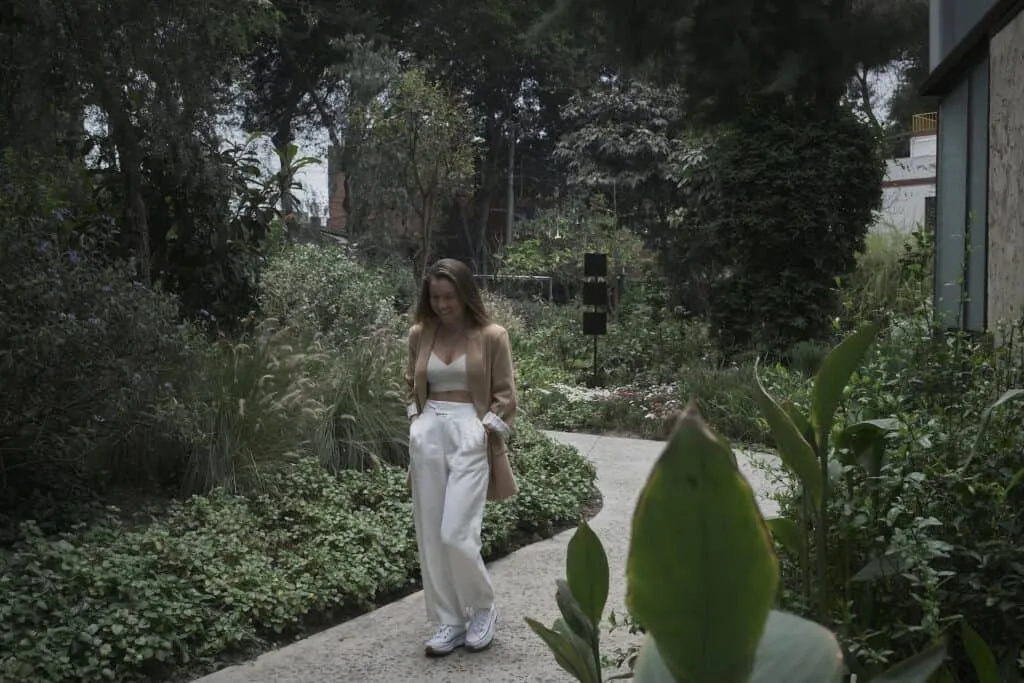
“What makes Peruvian cuisine special is its ability to mix everything without asking permission – cultures, techniques, ingredients. Here, fusion isn’t a trend; it’s DNA.”
Peruvian Laura Graner’s journey into food began, as the best ones do, by chance – a stint studying abroad in Argentina that turned into an education in eating. What started as a blog, scribbled between restaurant tables, soon led to years in Buenos Aires’ food world and a master’s in gastronomic journalism in San Sebastián.
Though she has eaten her way around the world, she remains certain that the best bite, sooner or later, is always waiting for her back at home. Here, she shares her inside guide to Peru’s world-leading culinary scene.
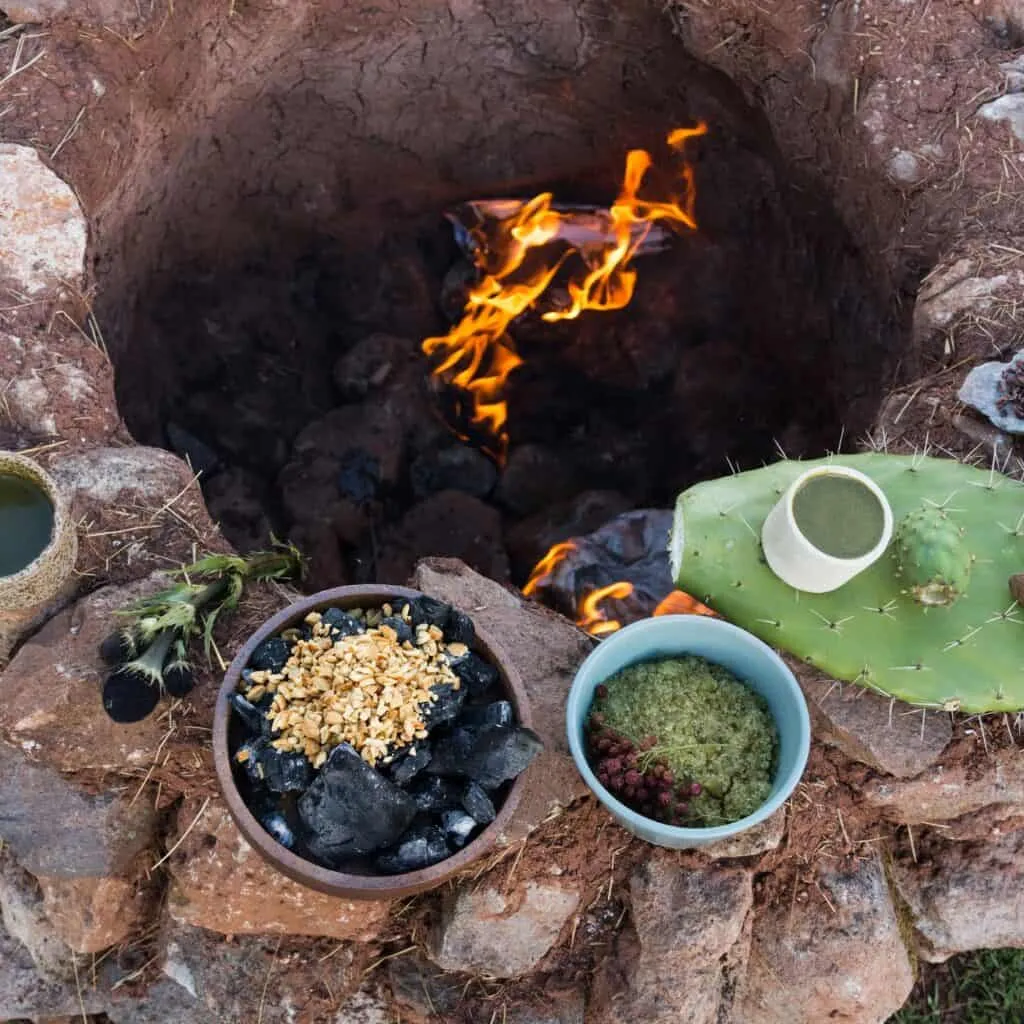
Peru has become a major global culinary powerhouse and is home to some of the world’s best restaurants. How would you define Peruvian cuisine, and what makes its food scene unique?
Peruvian cuisine is the result of thousands of years of ingredient domestication in a country that has it all – coast, mountains, and jungle – with a cold, bountiful sea, an impossible mountain range, and an Amazon that seems endless.
It is also the consequence of waves of migration that have left their mark on every dish: first the Spaniards, who brought garlic and onions; then the Africans, who transformed unwanted scraps into delicacies; next, the Chinese, who taught us how to stir-fry over fire; and finally, the Japanese, who refined the knife work and techniques.
But above all, it’s identity – there’s no Peruvian without an opinion on which ceviche is best, how spicy ají should be, or which tamal tastes most like home.
No other country has more than 4,000 types of potatoes, a dozen essential native chilies, and an Amazon that feels like a supermarket full of ingredients the world has yet to learn how to use. And when you add chefs playing at the highest level and a new generation unafraid to push boundaries, you get a food scene that doesn’t just shine – it keeps growing. Because in Peru, eating well isn’t a luxury or an indulgence. It’s an obligation.
Which chefs, restaurants, or producers in Peru do you think are doing the most exciting work right now, and why?
There are thousands of talented chefs, but when it comes to those going beyond just preparing good food, the list gets much shorter. Here are a few that come to mind:
- Virgilio Martínez, Pía León, and Malena Martínez with their Mater Iniciativa and MASI projects.
- Mitsuharu Tsumura, who ventures deep into the Amazon to develop new dishes and find ways to support the region.
- Pedro Miguel Schiaffino, who has spent years championing Amazonian communities and bringing forgotten ingredients back into the spotlight.
- Anthony Vasili, following in the footsteps of his mentor Gastón Acurio, is pushing La Mar to unimaginable heights.
- Juan Luis Martínez, with his trilogy of Mérito, Clon, and Demo, has Peruvians and foreigners at his feet.
- Jaime Pesaque, whose restaurant Mayta has stepped onto the fine dining world stage without owing anything to anyone, improving day by day to become one of the best in the world.
- Rising stars like Ricardo Martins and the teams at Shizen and Tomo, who are carrying the torch of Mitsuharu Tsumura and reinterpreting Nikkei cuisine.
And many more – the list could go on indefinitely.
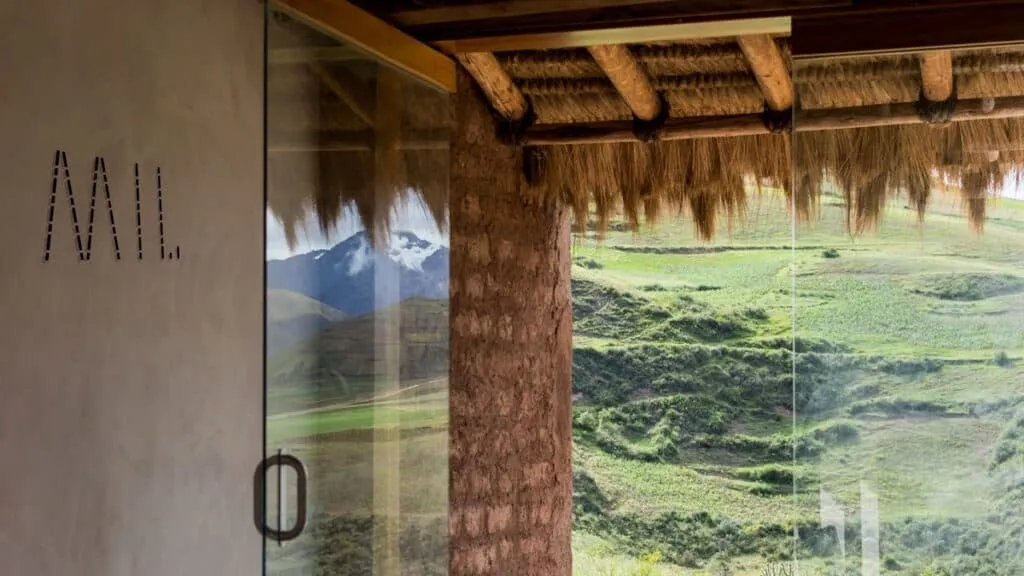
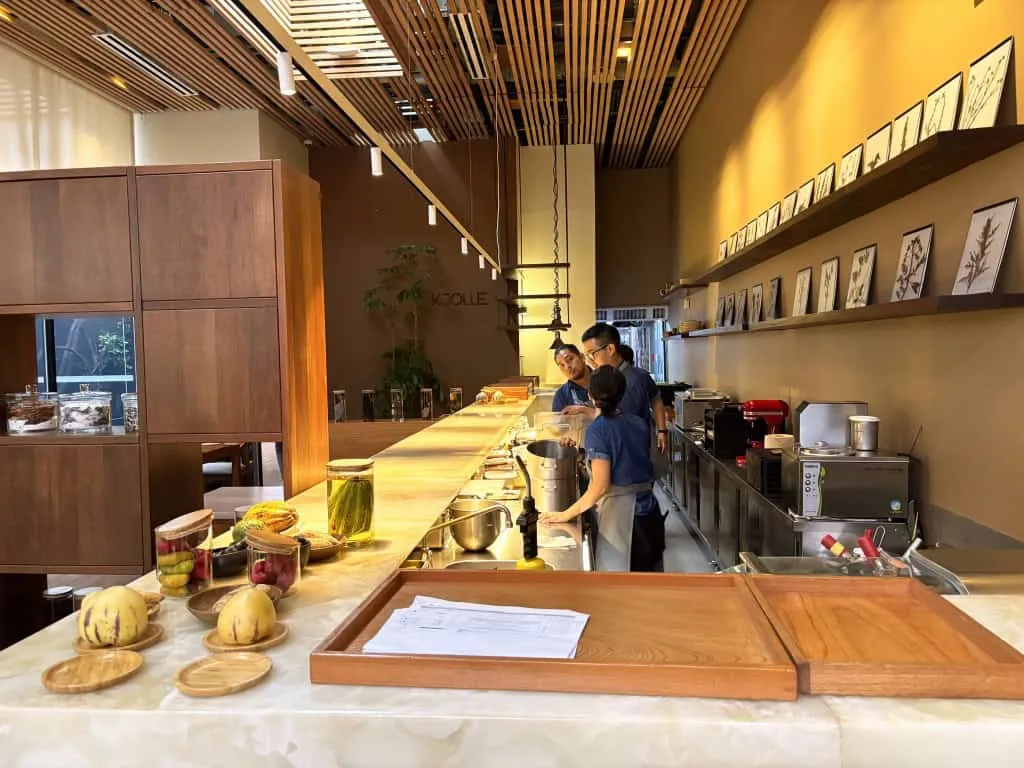
You have 48 hours in Lima. For the ultimate foodie experience, where are you going, and what are you eating?
If someone thinks they can fully experience Lima in 48 hours, they should adjust their expectations – this city’s food scene refuses to be rushed. Four days is the minimum to do it justice, but if time is short, here’s the plan:
DAY 1
Start in the neighbourhood of Barranco. If you’re staying here, wake up in a house with character, in a place where art and a bohemian spirit still resist real estate development. Breakfast at Demo, where Juan Luis Martínez (of Mérito) serves a sharp, focused menu: good bread, serious coffee, and bold combinations. Mérito or Clon are must-visits at any point in the trip.
Lunch at La Perlita, where Ricardo Martins reinterprets the traditional Lima tavern. Then a coffee at Ciclos Café, where Felipe works his espresso magic before heading upstairs for a chocolate tasting with Amanda at El Cacaotal, redefining what you thought you knew about cacao.
Dinner at Kjolle, Pía León’s fine dining space, where technique and finesse meet inside Casa Túpac – a restaurant, research center, and statement of intent all in one.
DAY 2
Head to Miraflores. Breakfast at Amarena, where brunch isn’t just a social excuse. In the Bolognesi Oval location, coffee matters, the bread is well made, and the kitchen avoids unnecessary frills.
Lunch is a tough choice: Maido, to understand why Mitsuharu Tsumura is the master of Nikkei cuisine, blending flawless technique with creativity; or La Mar, where ceviche sets the standard for what Lima expects from fresh fish.
Before dinner, a stop at Lady Bee is mandatory – Peru’s best cocktail bar, a cult favourite, where the food alone would justify a visit. End the trip at Mayta, where Jaime Pesaque has turned his restaurant into an expression of terroir.
48 hours is an insult to Lima. But if that’s all you have, make it count.
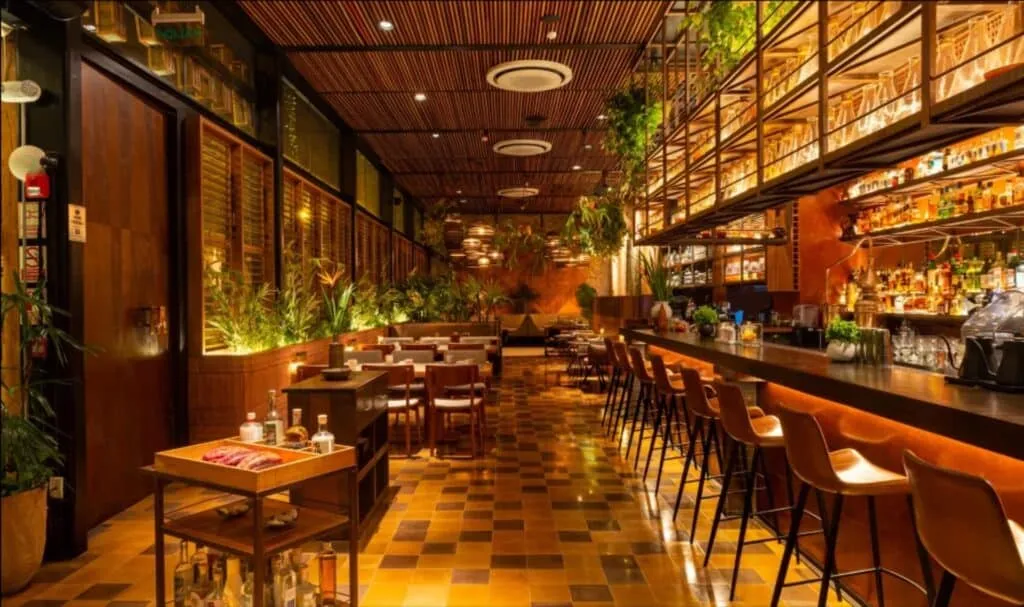
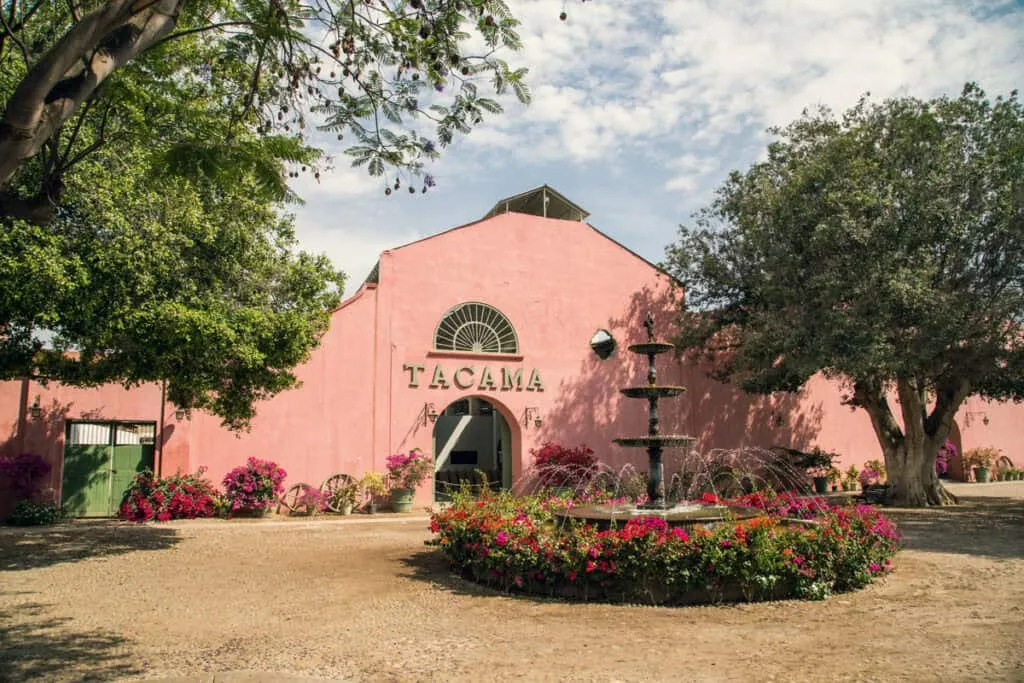
If you were curating a once-in-a-lifetime food and wine journey through Peru, what would the itinerary include?
A journey like this can’t just stay in Lima or stick to the tried-and-tested routes. It starts in Ica, where winemaking dates back centuries. Tacama, with its history and tradition, is the first stop, but the real surprise is Bodega Murga, where Brazilian enologist Pietra Posamai is redefining Peru’s natural wine scene.
Then to the Andes, because wine isn’t just made at sea level. In Apurímac, APU proves altitude is a challenge, not a limit. In Cusco, the journey leads to Oxalis – a “wine” that isn’t wine but drinks like one. Agronomist Manuel Choqque ferments high-altitude oca tubers into liquids reminiscent of white, rosé, and red wines. His project rescues 380 tuber varieties and questions what wine truly is.
This trip isn’t for those seeking familiar labels. It’s for those ready to drink Peru in its rawest, most unexpected form.
What’s one dish that encapsulates Peru for you, and where should travelers go to experience it at its best?
Ceviche is Peru’s national dish because it has no competition – what’s done in Peru has no replica, not even in the imagination of the most optimistic chefs. It’s the lime, which doesn’t exist anywhere else. It’s the fish, as fresh as in other countries only the most expensive restaurants can offer. It’s the precision of cold cooking, leaving it in that perfect balance – not raw, not cooked.
In Lima, you have to try Isolina’s version with fried octopus, or Pueblo Viejo’s northern-style ceviche, served with tortitas de choclo (corn fritters) – because history has its reasons. And for those willing to take a risk, there’s Tobiche at Tomo or Chirashi at Shizen, where ceviche takes on a new form without losing its essence.
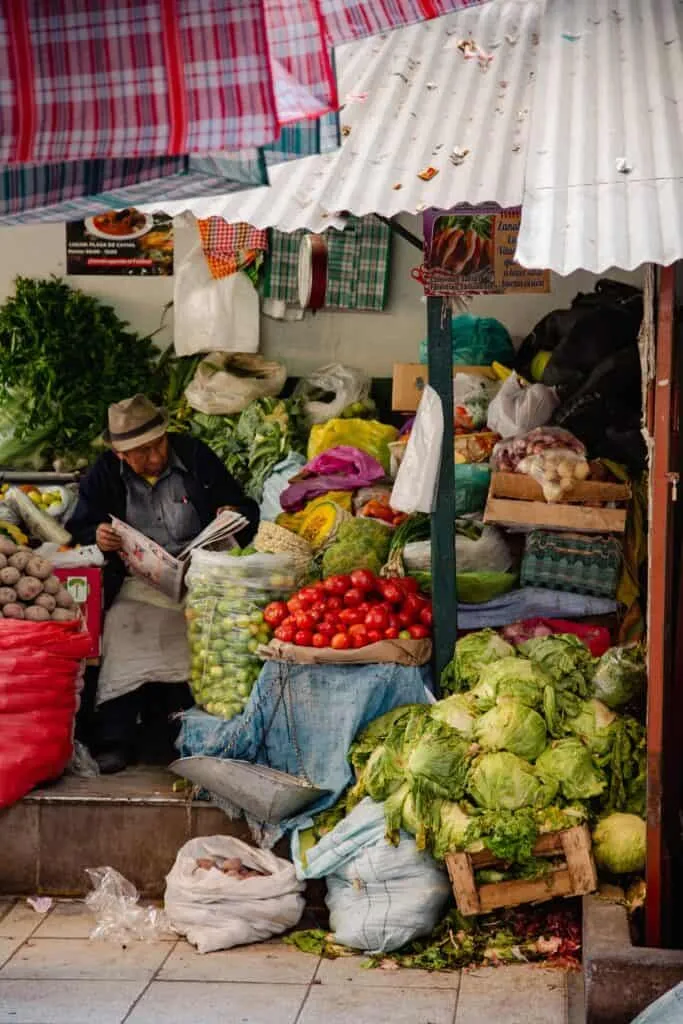
What’s the next big thing in Peruvian gastronomy – anything you think is about to have a moment?
The next big move in Peruvian gastronomy has a name: the Amazon. If there’s a pantry with the potential to blow our minds, it’s that one. What’s missing is a chef with both ambition and a cool head to do for the jungle what was done for the Andes with Mil – a project that decentralises Peruvian cuisine and gives the Amazon the spotlight it deserves.
The highlands still have a road ahead, yes, but they’re already on their way. The jungle, on the other hand, is still waiting for its moment.
What does the year ahead hold for you – any exciting new projects or adventures on the horizon?
I’m about to print a food guide to Lima with 33 essential stops – because someone had to do it. It’s not a list; it’s a starting point – the first step in mapping out the restaurants that justify a journey, the ones that turn a city into a destination.
Lima is just the beginning. Then comes the rest of the country, because if there’s one thing Peru has in abundance – besides great ceviche – it’s reasons to go out and eat.
